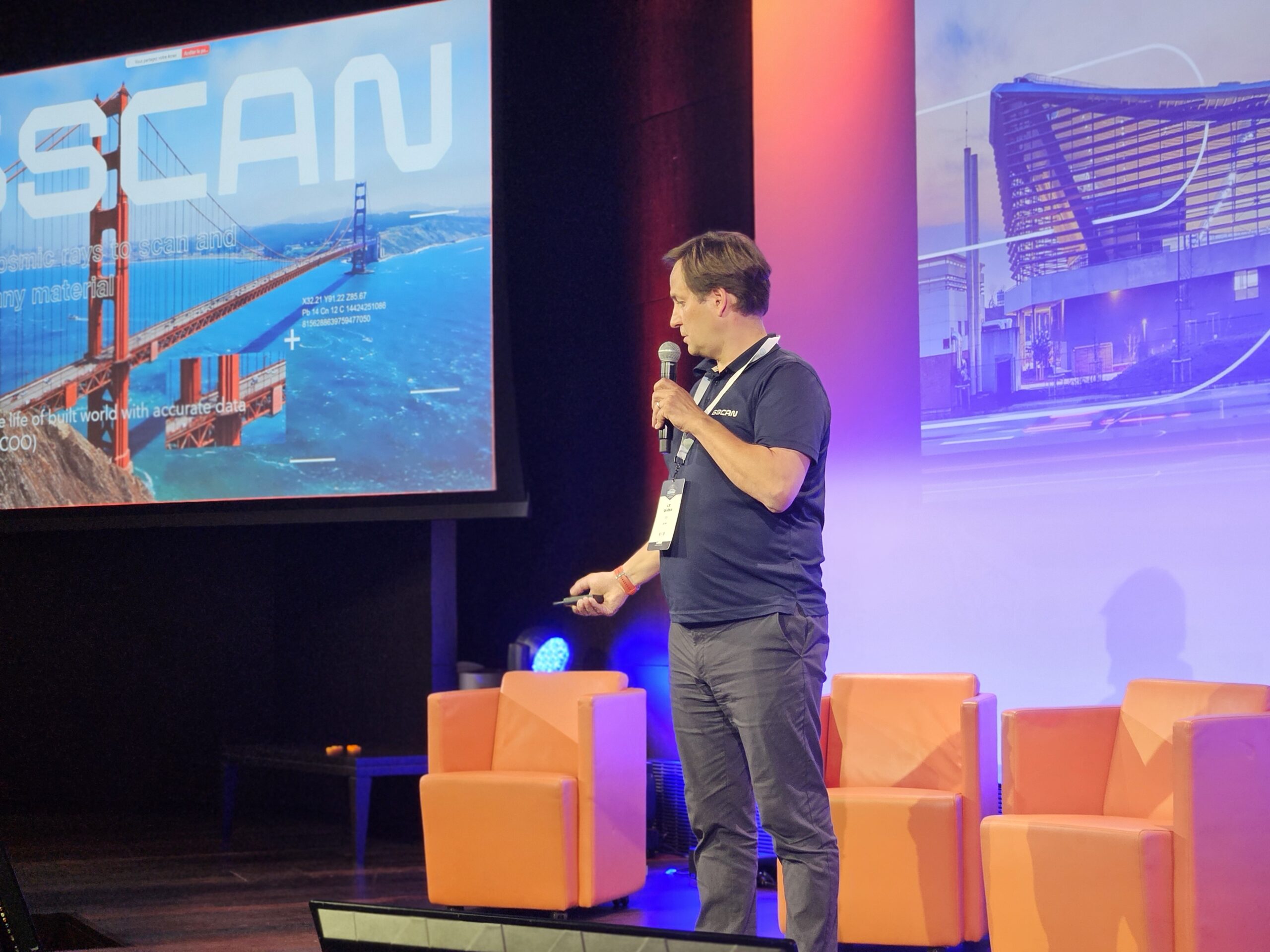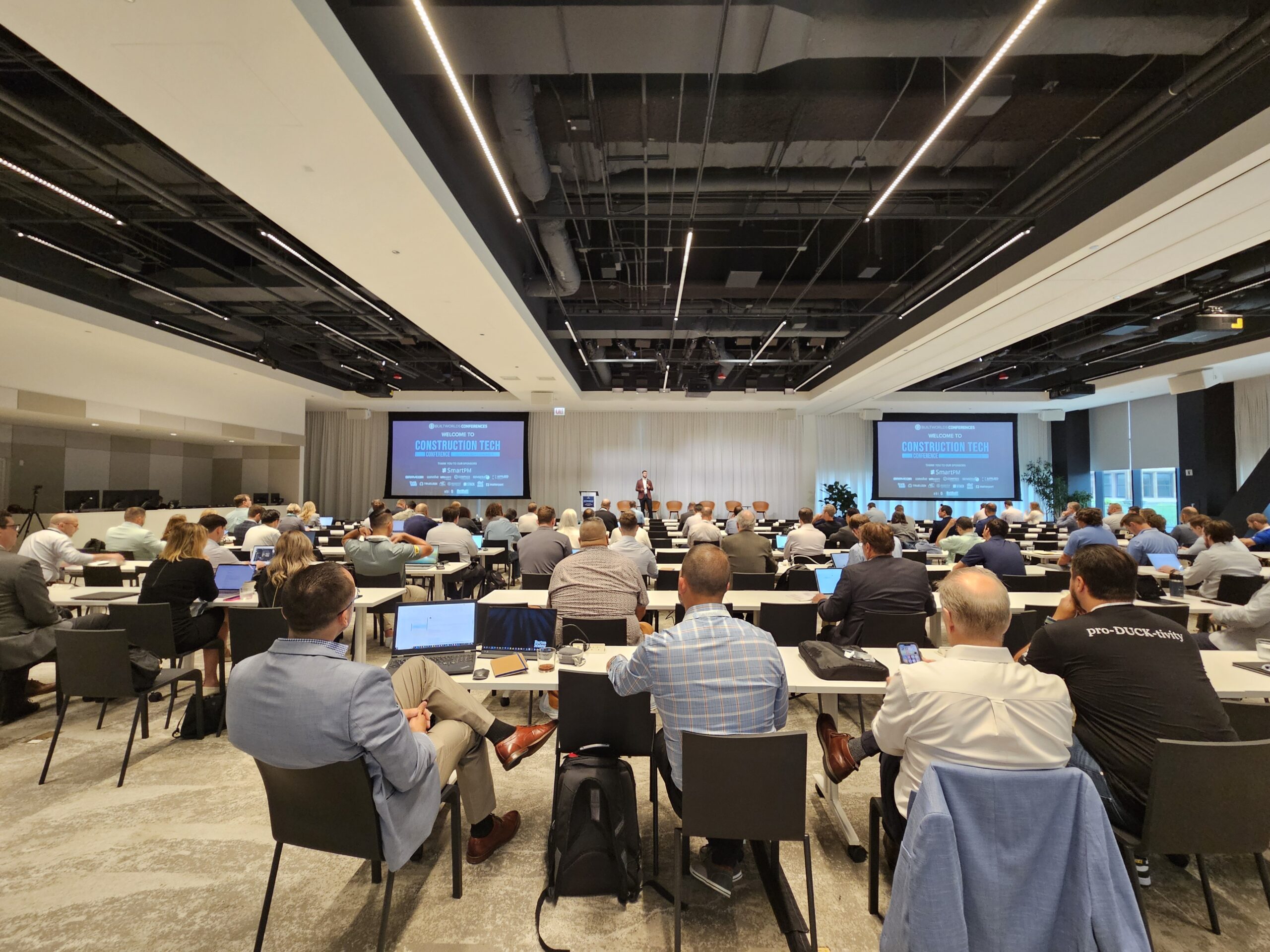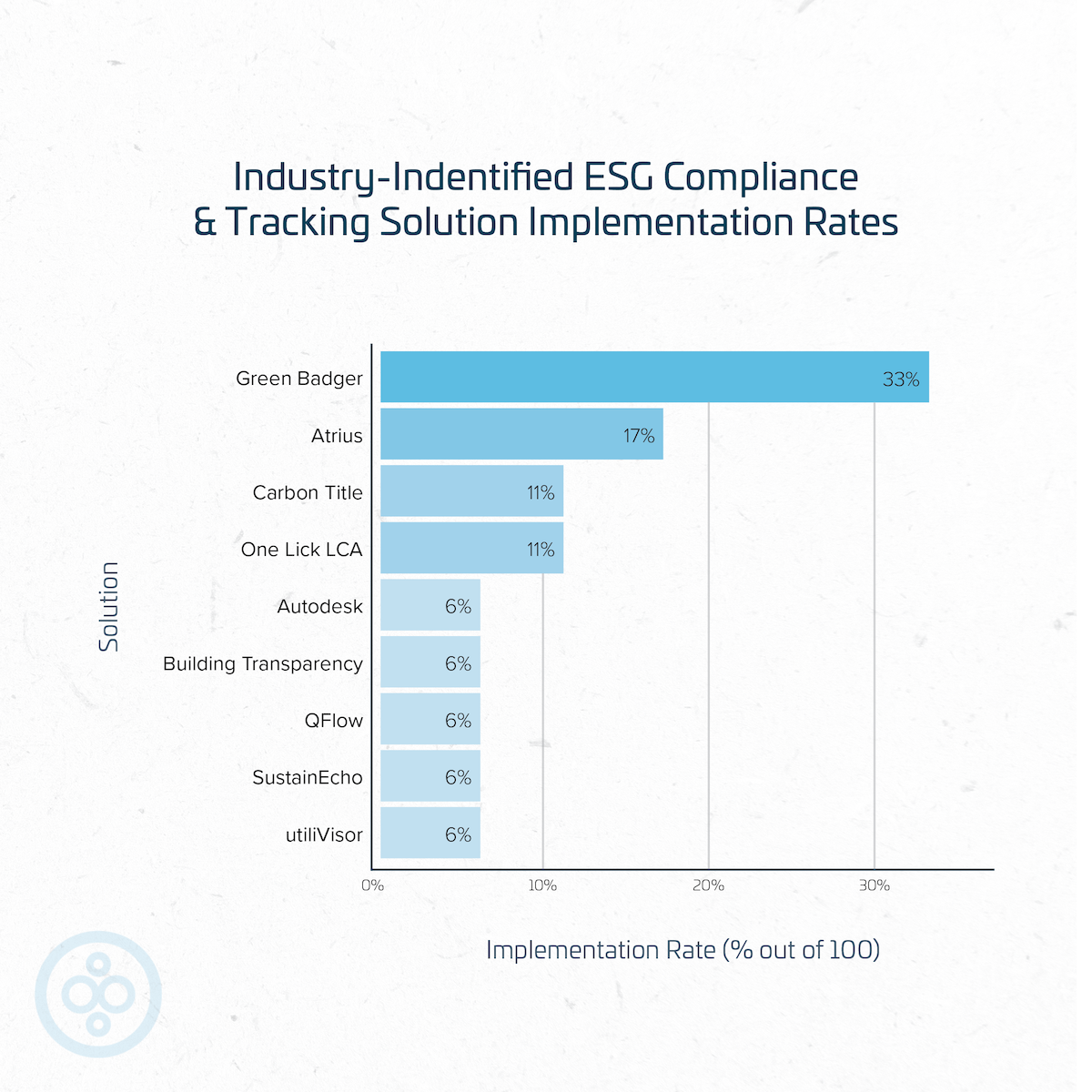With conference season in full swing here at BuiltWorlds, it is important to take stock of the lessons learned from those events to ensure we're contributing to our broader mission: driving innovation in the architecture, engineering, construction, and adjacent industries.
That said, BuiltWorlds’ two most recent events, the Paris Summit and Construction Tech Conference, can be used as case studies to compare and contrast themes, initiatives, influences, and technologies being implemented in the European and North American construction ecosystems. Notably, and perhaps to no surprise, sustainability emerged as the primary variant between the two regions. Although ESG principles are beginning to gain more widespread traction in the United States, green building and decarbonization are deeply ingrained in the design, construction, and operation of the European built environment.
With all eyes on France amidst the 2024 Summer Olympic Games in Paris, it is clear that the region, in collaboration with the International Olympic Committee, is prioritizing sustainability. From the new structures and arena upgrades to the energy systems and even the beds in the Olympic Village, the games are replete with ambitious goals to limit their carbon emissions.
ICYMI: Recently Released BuiltWorlds Briefings on European/Olympic Sustainability Initiatives
- Five Olympic Venues Show How France is Meeting Its Ambitious Carbon Reduction Goals - BuiltWorlds
- Amid Last Minute Preparations for Summer Olympics, France Goes For Climate Tech Gold - BuiltWorlds
The European Vision
Europe has taken a leading role in promoting sustainable construction practices, largely driven by stringent environmental regulations. But after spending time in the region, it is evident that industry giants like VINCI, Bouygues, and Saint-Gobain are personally invested in pioneering change. Nearly every discussion and solution highlighted throughout our four-day conference had a sustainability angle.
Beyond what we learned during the Summit, government initiatives such as the European Union's Green Deal aim to make Europe climate-neutral by 2050, influencing construction through policies that prioritize energy efficiency, renewable energy, and circular economy principles.
Additionally, though the North American market may have more startups and investors ready to deploy capital in terms of quantity, the European ecosystem is equally innovation-rich, fueled by the corporate players in the region. For example, as BuiltWorlds Contributor Olivier Lepinoy illustrates, "[European] AEC firms often prioritize energy efficiency, renewable energy integration, waste reduction, and carbon footprint reduction in their projects," and given that "VINCI, ACS (Hochtief), Bouygues, Strabag, Eiffage, and Skanska are all larger than the largest American contractor (Bechtel)," it is paramount that their environmental strategies pave the path forward for the rest of the industry. Read Olivier's piece "European Construction is Special—and Why You Should Care" here.

The North American Model
In North America, it's often the case (or at least the perception) that contractors do not prioritize sustainability unless mandated by the client due to the possibility of longer schedules or increased costs. However, sessions from the 2024 Construction Tech Conference indicated that, in fact, sustainability initiatives are gaining momentum, albeit at a varied pace across regions.

Much like in Europe, North America has developed programs like the U.S. Green Building Council’s LEED (Leadership in Energy and Environmental Design) certification and Canada's Green Building Strategy to promote sustainable building practices and reduce the environmental impact of buildings. Despite these efforts, the regulatory landscape in North America is less uniform compared to Europe, with significant differences in sustainability adoption across states and provinces.
ICYMI: Construction Tech Panel Sessions
Site Sustainability and ESG Tracking: Best Practices | July 25, 2024
Speakers:
- Brian Gallagher, VP, Corporate Development, Graycor Construction Company
- John Denbo, Project Executive, Graycor Construction Company
- Elena Villareal Daniel, Senior Vice President - Head of Environmental, Social and Governance, Logistics Property Company, LLC
- Gabriel Wilcox, Director of Sustainable Design, Krueck Sexton Partners
- Luis Lara, Senior Decarbonization and Building Performance Manager, JLL
Building for Tomorrow With Sustainable Jobsite Strategies & Solutions | July 25, 2024
Speakers:
- Alana Spencer, VP of Sustainability, Clayco
- Blake Jackson, Director of Sustainability, NORR
- Joshua Thomlinson Aaron, Sr. Project Engineer, Gilbane Building Company
- Lindsey Landwehr-Fasules, Director of Sustainability, Turner Construction Company
Although sustainability initiatives are not uniform in North America, it is not to say they do not exist. Rob Leon, Chief Innovation Officer with STO Building Group, provided the opening keynote address where he discussed the development of construction technology and the industry’s rapid change. With Rob's support, Jennifer Taranto, Vice President of Sustainability at STOBG, and the rest of the STOBG team are helping to pioneer new standards in green building in the United States.
As it relates to sustainability, STOBG has decades of experience delivering integrated, high-performance, cost-effective solutions to meet their clients’ sustainability goals. Read more about the company's commitment to reducing carbon and tracking its impact here or watch "Sustainability, Health, and Wellness at STO Building Group" below.
BuiltWorlds' Role in the Conversation
BuiltWorlds is uniquely positioned as an intermediary between traditional competitors in the AEC industry with the mission of informing, connecting, and inspiring professionals in the built environment. As such, Europeans and North Americans alike are able to participate in BuiltWorlds’ annual Technology Benchmarking Program, intended to identify the rate of adoption, implementation, and satisfaction levels of various technologies by aggregating primary survey data. Then, equipped with this information, organizations of all sizes can assess their internal tech stacks to see where they might have gaps or needs.
Though these reports are gated to members of BuiltWorlds, we produce and release associated content for groups outside of the network to understand the work and value of participating in a global research community.
BuiltWorlds "Freemium" Content
The below graphic highlights the type of information our team collects from industry players and reports on. 'ESG Compliance Tracking & Reporting' is just one of four specialty areas we track within the broader theme of Sustainable Jobsites. For more information, view the full Sustainable Jobsites Benchmarking Report.
For more information or to learn more about BuiltWorlds Research, contact research@builtworlds.com.
While both Europe and North America are making strides in sustainable construction and technology adoption, Europe’s approach is more harmonized due to EU-wide regulations and a strong policy framework. North America, with its diverse regulatory environment, shows a more fragmented but innovative landscape, leveraging its robust tech industry to drive advancements. European construction tends to emphasize regulatory compliance and environmental impact, whereas North American practices are often driven by market forces and technological innovation.
As global challenges like climate change and urbanization intensify, the exchange of best practices between these regions will be crucial in advancing the construction industry worldwide.








Discussion
Be the first to leave a comment.
You must be a member of the BuiltWorlds community to join the discussion.